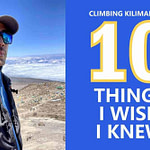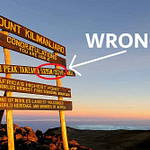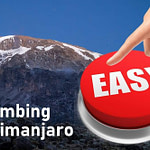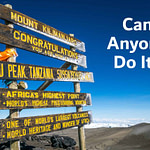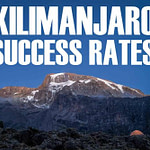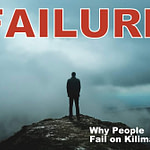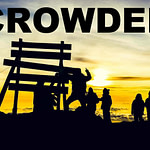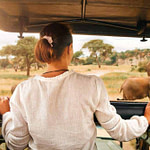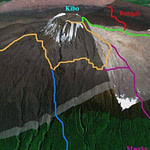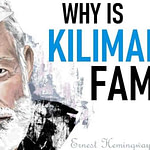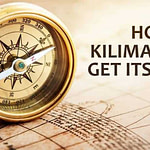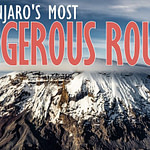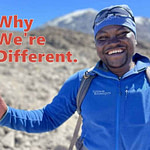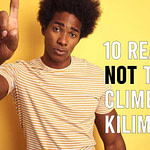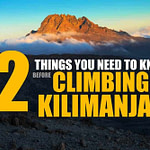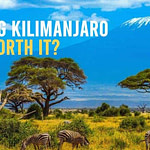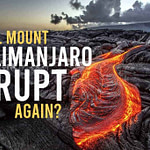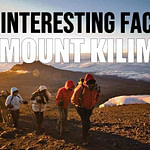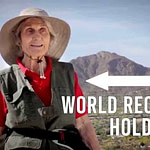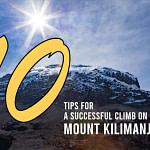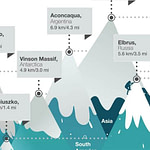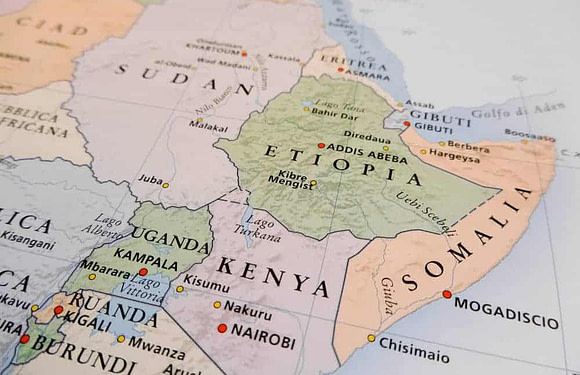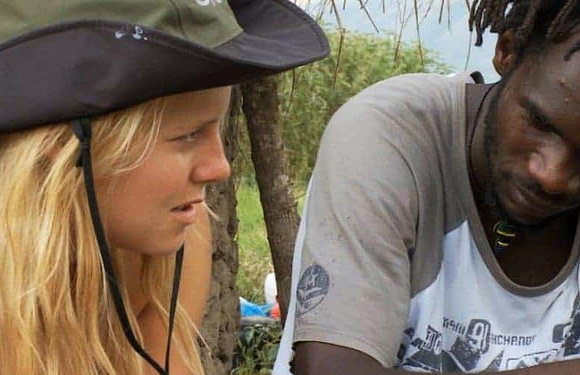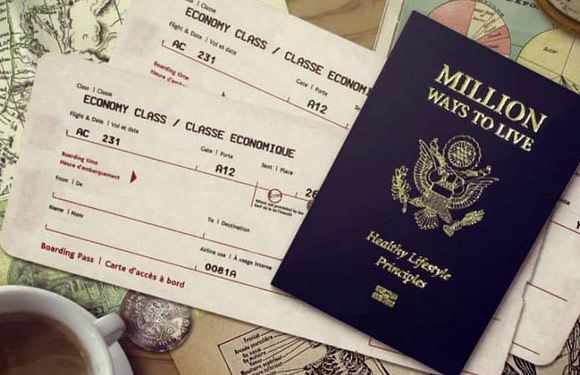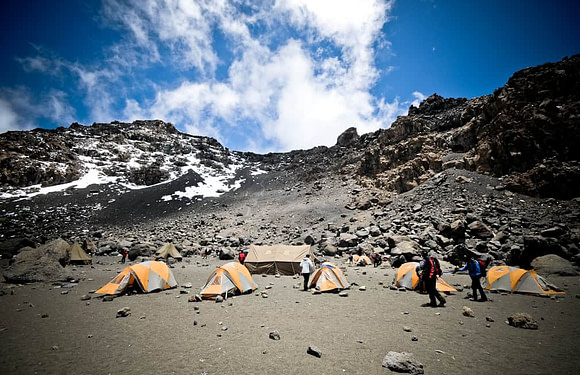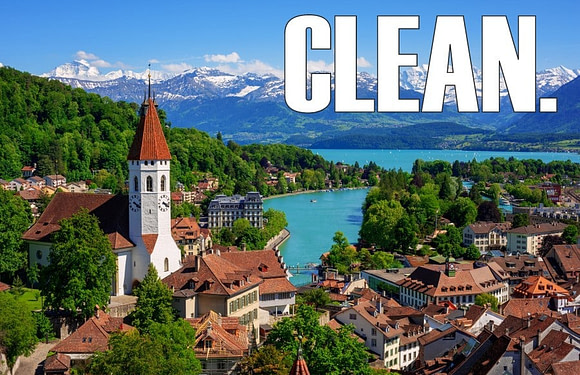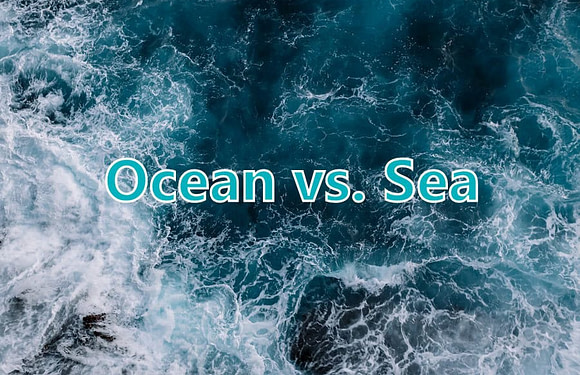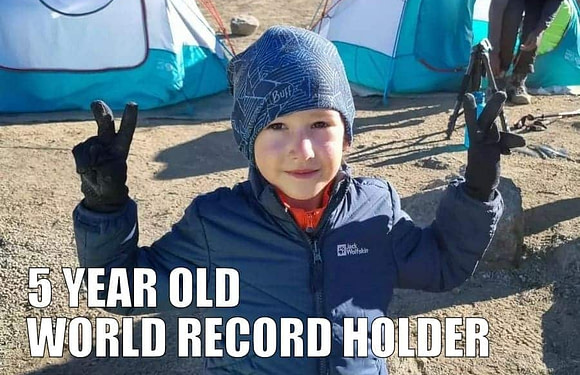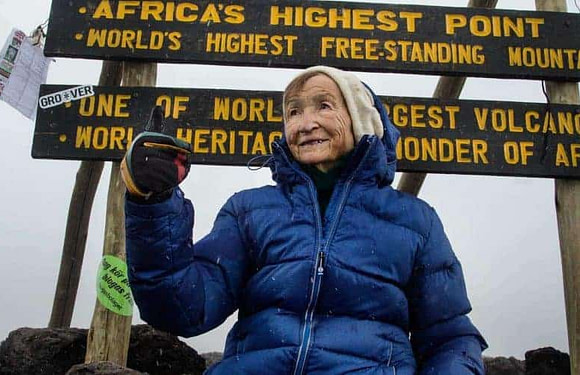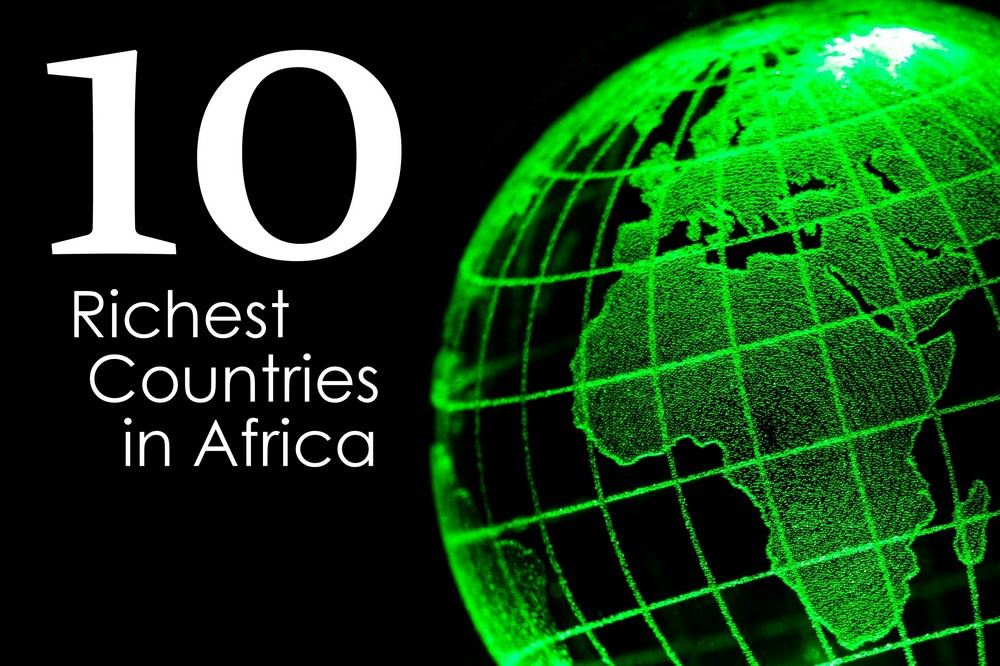
Gross Domestic Product (GDP) is a key measure of economic health. It tracks the total value of goods and services produced within a nation. GDP captures the scale of production, investment in infrastructure, and consumer spending habits.
Because it is tracked using standardized methods, it is a reliable and comparable figure. Despite its simplicity, GDP remains one of the best indicators available for assessing economic strength across nations.
Here’s a list of Africa’s ten richest countries by GDP.
Richest Countries in Africa by GDP (2025)
| Rank | Country | GDP (Million USD) | Population | GDP per Capita (USD) |
|---|---|---|---|---|
| 1 | Nigeria | 574,000 | 226,000,000 | 2,540 |
| 2 | South Africa | 419,000 | 68,200,000 | 6,150 |
| 3 | Egypt | 398,000 | 110,000,000 | 3,620 |
| 4 | Algeria | 217,000 | 44,900,000 | 4,950 |
| 5 | Morocco | 157,000 | 39,200,000 | 4,010 |
| 6 | Ethiopia | 156,000 | 129,000,000 | 1,210 |
| 7 | Kenya | 117,000 | 57,000,000 | 2,050 |
| 8 | Tanzania | 92,000 | 69,200,000 | 1,330 |
| 9 | Ghana | 82,000 | 35,400,000 | 2,320 |
| 10 | Angola | 80,000 | 36,400,000 | 2,200 |
The 10 Richest Countries in Africa
1. Nigeria
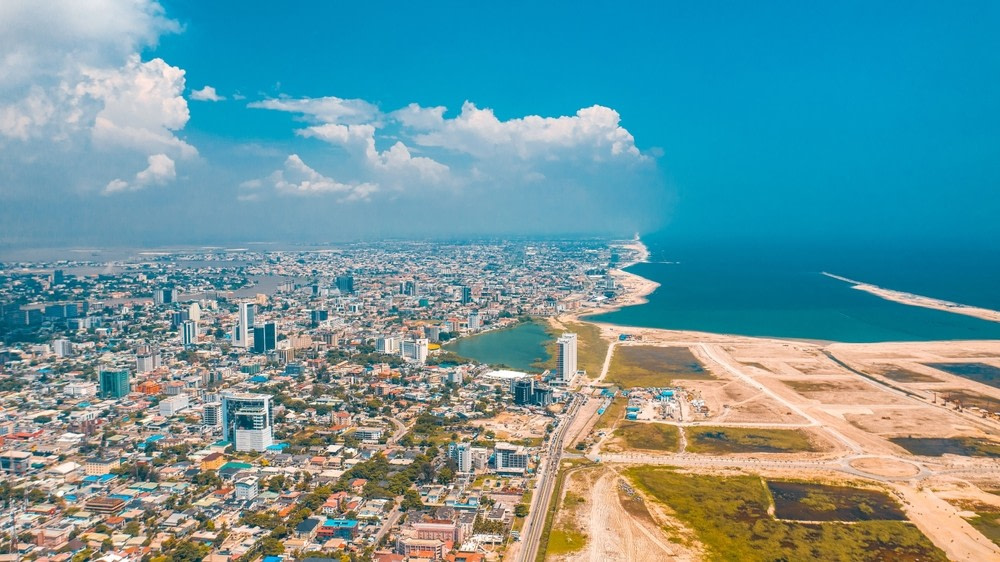
• GDP: 574,000 million USD
• Population: 226,000,000
• GDP per Capita: 2,540 USD
Nigeria is the richest country in Africa. It spans from the Gulf of Guinea inland to the Sahel. Over 226 million residents make it the continent’s most populous nation. Lagos, a bustling coastal city, brims with trade and cultural energy. English unifies hundreds of local languages.
Oil exports dominate the economy, powering government revenue. Telecom, banking, and Nollywood film production add diverse growth. Tech hubs, e-commerce, and financial services expand job opportunities. Agriculture remains key in feeding urban areas. Infrastructure challenges spark ongoing public works.
Music, especially Afrobeats, resonates around the world. Family ties often extend through large kin networks. Markets bustle with fresh produce, textiles, and electronics. Universities produce skilled graduates, yet underemployment persists. Despite crowded roads and energy shortages, entrepreneurs push forward with fresh ideas and start-ups.
2. South Africa
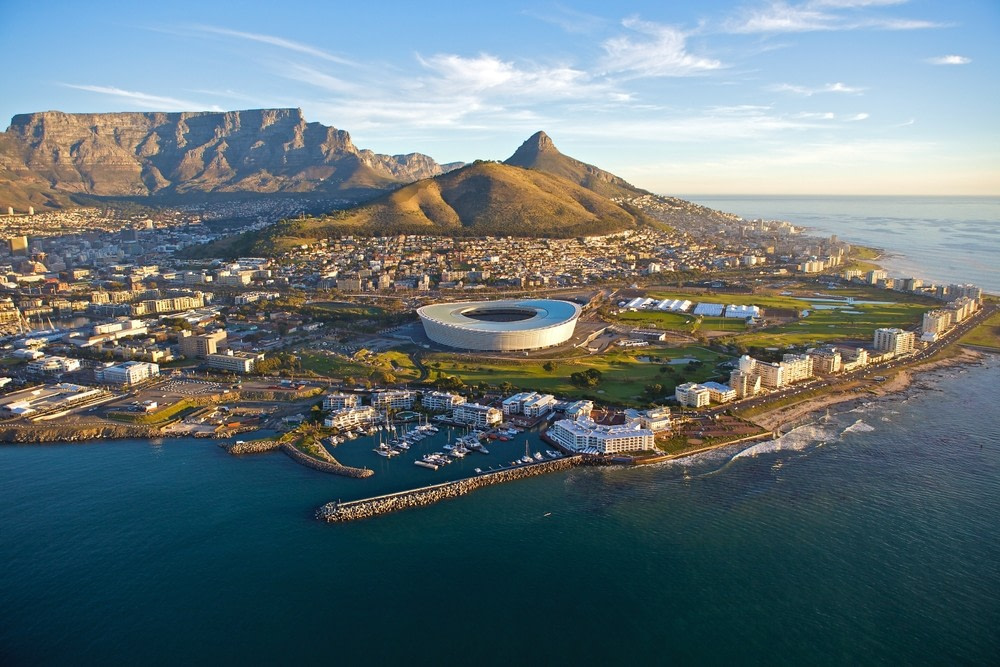
• GDP: 419,000 million USD
• Population: 68,200,000
• GDP per Capita: 6,150 USD
South Africa now ranks second in total GDP. It sits at the southern tip of the continent, blending modern infrastructure with a sweeping coastline. English is widely spoken, though the country has 11 official languages. A strong sense of national pride revolves around sports like rugby and soccer. Local traditions remain visible in music, dance, and cuisine.
Mining is a cornerstone of its economy, focusing on platinum, gold, and diamonds. Manufacturing and finance also expand job opportunities, especially in major centers like Johannesburg. Investments in renewable energy signal a push toward sustainable growth. Tourism adds additional revenue, with visitors keen on wildlife safaris and Cape Town’s scenic beauty. Regular flights from Europe, the Middle East, and across Africa link it to global commerce.
Urban areas face inequalities in housing and services, reflecting historical divisions. Still, many communities champion social development through education and entrepreneurship.
3. Egypt
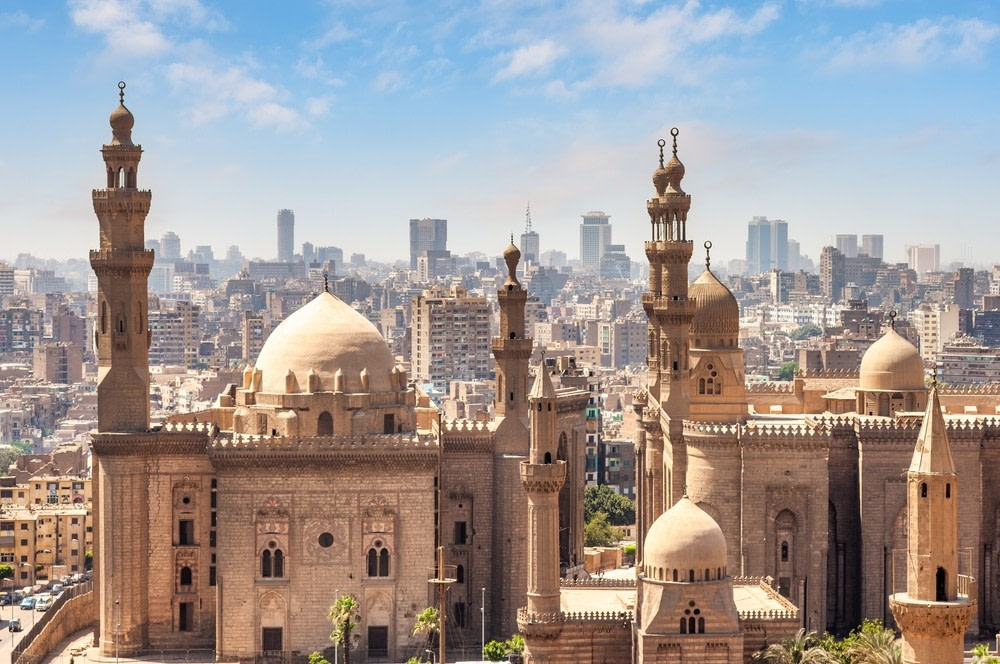
• GDP: 398,000 million USD
• Population: 110,000,000
• GDP per Capita: 3,620 USD
Egypt is the third-richest country in Africa. It lies in northeastern Africa and extends into Asia’s Sinai Peninsula. The Nile River keeps large parts of the land fertile. Arabic is the main language. Cairo, the capital, stretches along the riverbanks, buzzing with traffic and street vendors. Ancient wonders, from pyramids to temples, stand as global landmarks.
Oil and gas reserves, along with the Suez Canal, anchor Egypt’s economy. Tourism thrives on cultural sites and Red Sea beach resorts. Agriculture remains vital in the Nile Delta. New business zones and urban developments aim to draw investors. Large-scale infrastructure projects, like expanded ports and new highways, reflect government-led growth efforts.
Families share close bonds, often living together across generations. Markets pulse with spices, textiles, and fresh produce. Popular music and film shape regional entertainment. Crowded streets can feel overwhelming for first-time visitors. Even so, warm hospitality and deep-rooted traditions often delight those who venture beyond tourist hotspots.
4. Algeria
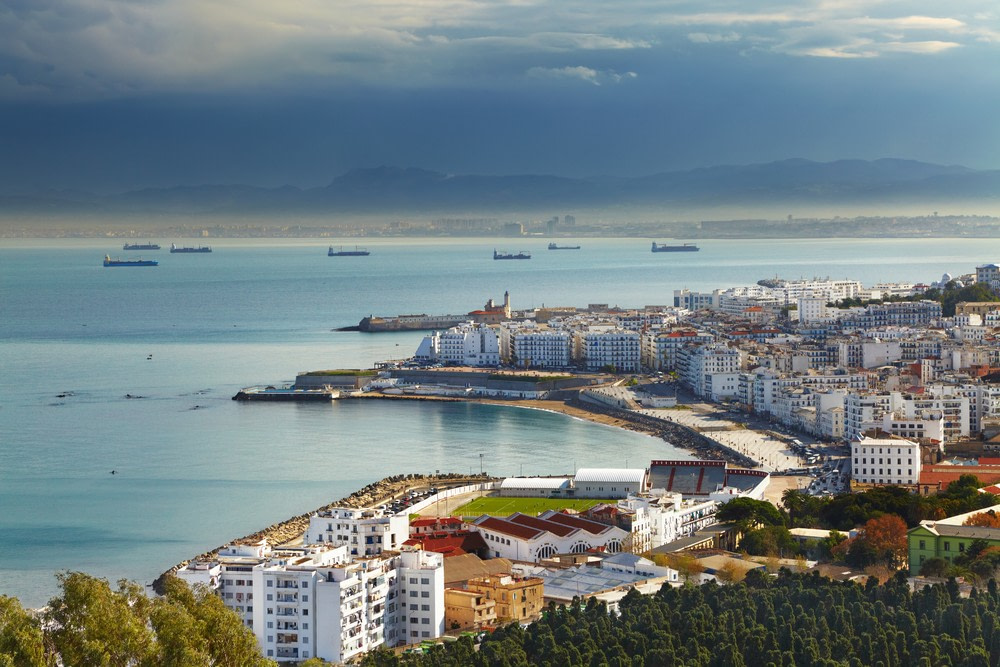
• GDP: 217,000 million USD
• Population: 44,900,000
• GDP per Capita: 4,950 USD
Algeria stands fourth in Africa’s GDP table. It sits along the Mediterranean coast, stretching inland to the vast Sahara Desert. Over 44 million people share Arab and Berber heritages. Algiers, the capital, mixes white-walled architecture with winding hills. French is commonly used in business, echoing colonial influence.
Oil and gas exports form the backbone of Algeria’s economy. Government subsidies support healthcare, education, and food basics. Urban growth spurs road building and residential projects. Agriculture grows in coastal plains, but desert regions still rely on trade routes. Diversification in renewable energy and manufacturing is on the rise.
Nomadic groups maintain traditions in the Sahara, using camels and caravans for trade. Couscous, tagine, and mint tea mark local cuisine. Communal music and dancing bring families together for celebrations. University graduates seek jobs in busy cities, hoping to modernize industries. Tourists find Roman ruins, mountain retreats, and desert tours with skilled local guides.
5. Morocco
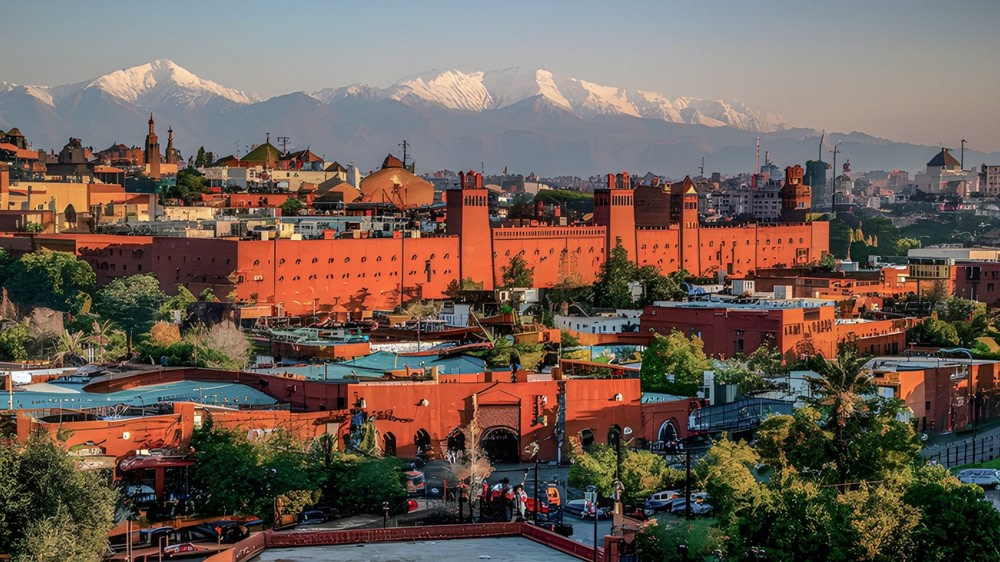
• GDP: 157,000 million USD
• Population: 39,200,000
• GDP per Capita: 4,010 USD
Morocco ranks fifth. It sits in North Africa, bordered by the Atlantic Ocean and the Mediterranean Sea. Arabic is official, but French appears in business and education. Historic cities like Marrakech and Fez boast ancient medinas and maze-like alleys. Coastal towns attract surfers and sun-seekers.
Tourism, agriculture, and phosphates boost Morocco’s economy. Textiles, automotive plants, and renewable energy projects also create jobs. Major ports in Casablanca handle trade. Government reforms aim to encourage manufacturing and foreign investment. The blend of modern commerce and traditional markets shapes urban life.
A fusion of Arab, Berber, and European cultures defines national identity. Tagines, couscous, and mint tea mark local cuisine. Music festivals showcase Gnawa, Andalusian, and contemporary styles. Family gatherings often revolve around extended kin. Artistic crafts, from pottery to carpets, reflect centuries of skill. The King holds a key role in politics, guiding major social and economic moves.
6. Ethiopia
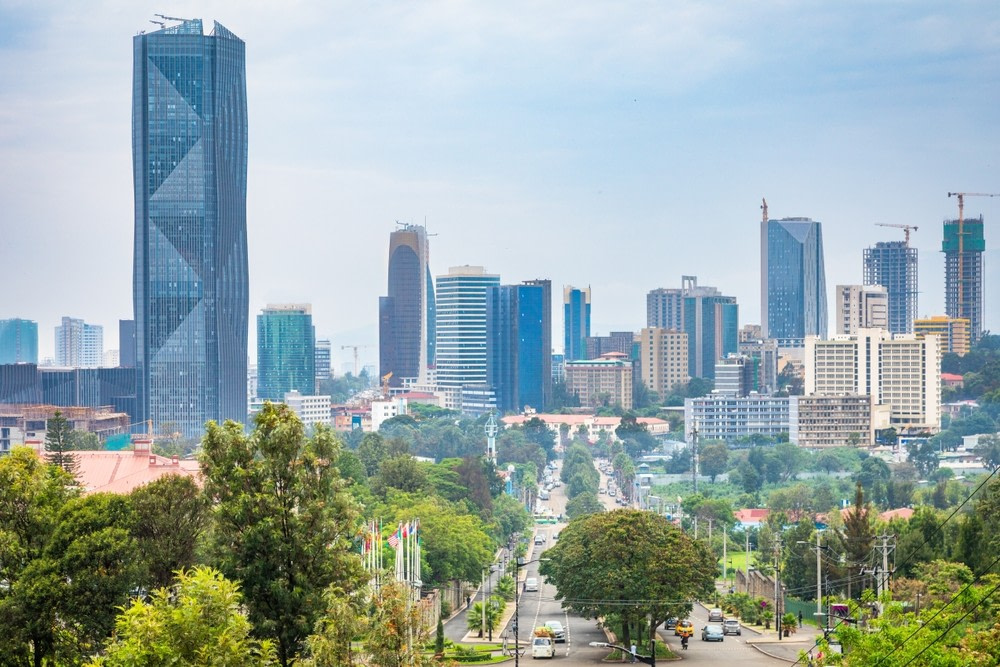
• GDP: 156,000 million USD
• Population: 129,000,000
• GDP per Capita: 1,210 USD
Ethiopia now sits sixth in total output. It lies in the Horn of Africa, home to highlands and rift valleys. Addis Ababa, the capital, is a busy center for diplomacy. Over 80 languages enrich daily life. Coffee ceremonies mark the country’s welcoming spirit.
Agriculture remains the mainstay of the economy. Coffee beans and other crops anchor exports. Manufacturing is growing, aided by government-led industrial parks. Hydropower projects aim to electrify more rural zones. Infrastructure expansions connect farms to markets, fueling new business opportunities.
Ancient kingdoms left behind rock-hewn churches and obelisks. Religious festivals draw crowds with music, dance, and vibrant clothing. Injera, a sourdough flatbread, features in communal meals. City dwellers adapt quickly to changing technology, while many rural communities keep time-honored customs. Visitors often praise Ethiopia’s hospitality, even amid rapid modernization.
7. Kenya
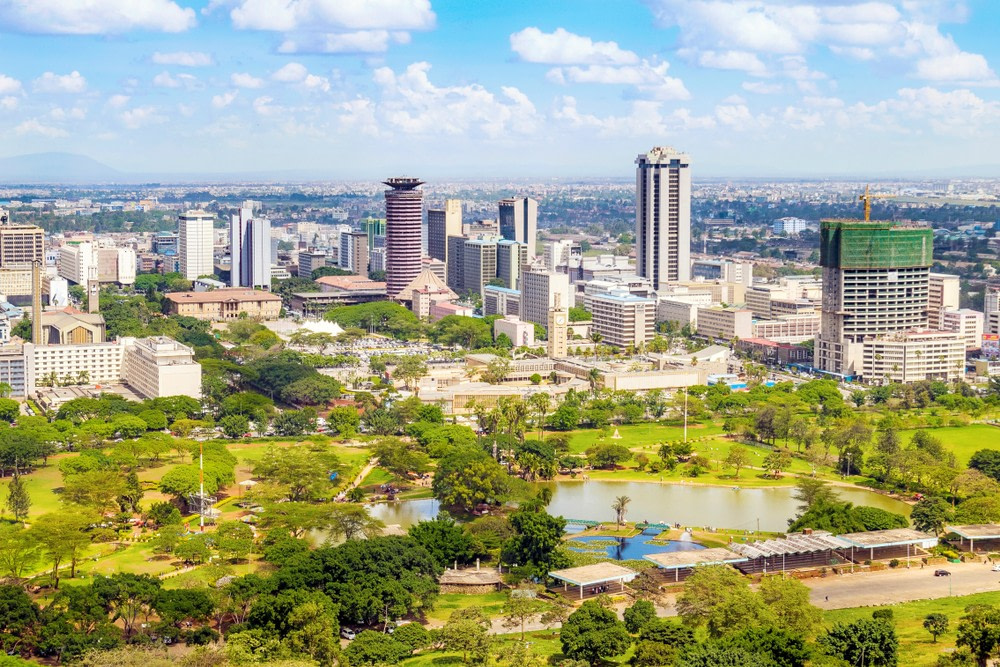
• GDP: 117,000 million USD
• Population: 57,000,000
• GDP per Capita: 2,050 USD
Kenya stands as the seventh-richest country in Africa. It straddles the equator, blending coastlines, highlands, and savannahs. Nairobi, the capital, brims with tech firms and international companies. Swahili and English unify over 55 million people from many ethnic backgrounds.
Agriculture and tourism form economic pillars. Tea, coffee, and cut flowers travel worldwide. Wildlife safaris, especially in the Maasai Mara, attract global visitors. Tech hubs like “Silicon Savannah” bring new possibilities, from mobile banking to app development. Infrastructure and energy projects expand access to remote areas.
Music, dance, and storytelling bind communities. Marathons and long-distance running achievements earn Kenya fame. The Rift Valley’s dramatic scenery lures adventure-seekers. Cities face congestion, yet local innovations tackle housing and transport challenges. Street markets overflow with colorful fabrics, fresh produce, and handcrafted souvenirs. Many Kenyans still share strong communal values, emphasizing family and tradition.
8. Tanzania
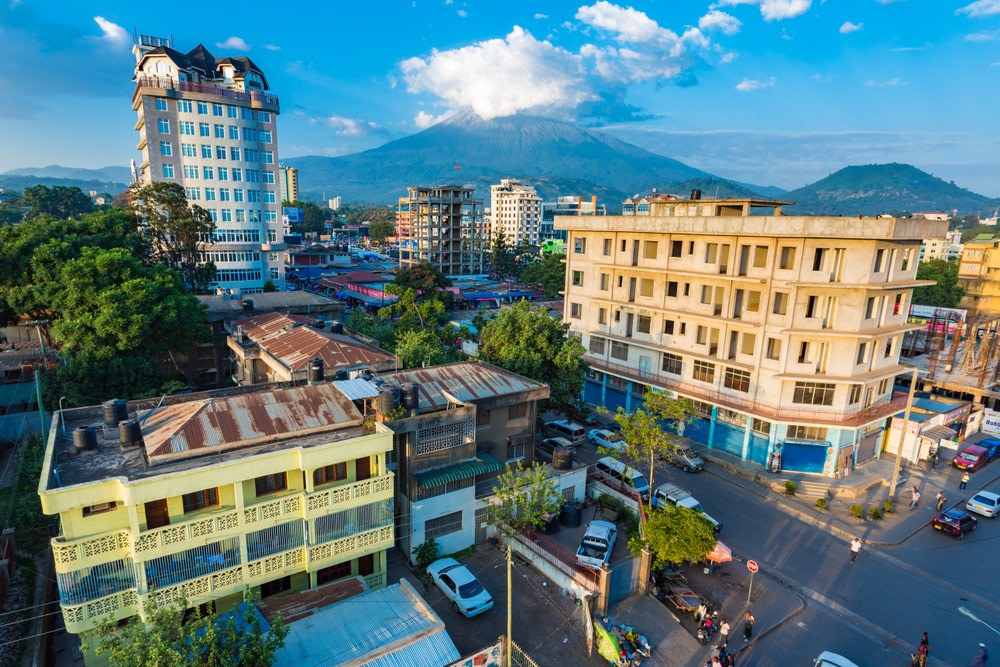
• GDP: 92,000 million USD
• Population: 69,200,000
• GDP per Capita: 1,330 USD
Tanzania is the eighth-richest African country, located in East Africa. Over 69 million people speak Swahili, fostering national unity. Natural icons like Mount Kilimanjaro and the Serengeti draw global curiosity. Historical coastal towns show centuries of trade influence.
Agriculture, mining, and tourism underpin the economy. Coffee, tea, and gold exports sustain foreign earnings. Gas fields and industrial development are on the rise. Dar es Salaam, a bustling port, channels imports and exports. Many travelers flock to Zanzibar’s sandy shores for relaxation or diving.
Communal culture values hospitality and storytelling. City markets brim with fresh fruits, spices, and handcrafted goods. Political stability supports steady, if uneven, development. Rural areas still need modern roads, clinics, and schools. Small enterprises tap mobile banking for growth. Environmental groups strive to protect wildlife while empowering local communities through responsible tourism.
9. Ghana
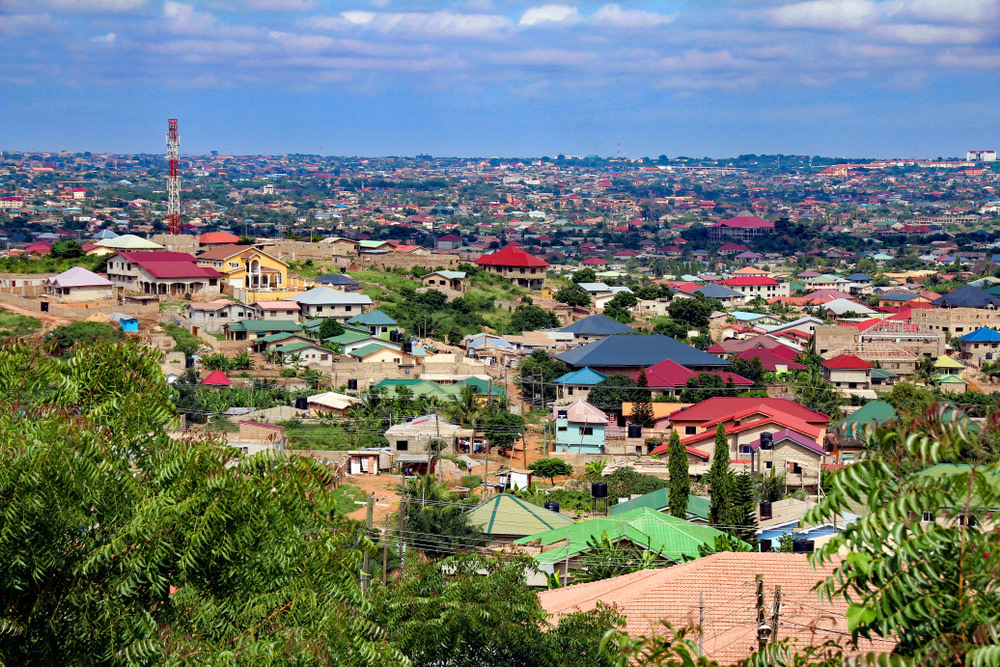
• GDP: 82,000 million USD
• Population: 35,400,000
• GDP per Capita: 2,320 USD
Ghana secures ninth position. It fronts the Gulf of Guinea with Accra as its lively capital. English is the official language across many ethnic groups.
Gold, cocoa, and oil anchor export earnings. A growing services sector spans banking, telecom, and creative arts. The government promotes industrial parks to boost processing of raw goods. Road and port upgrades improve trade links within West Africa.
Highlife and Afrobeats shape nightlife scenes. Street food stalls serve jollof rice, grilled tilapia, and spicy soups. Colorful kente cloth reflects cultural pride. Football unites fans nationwide. While urban areas expand quickly, rural regions still rely on cocoa farms and small-scale mining.
10. Angola
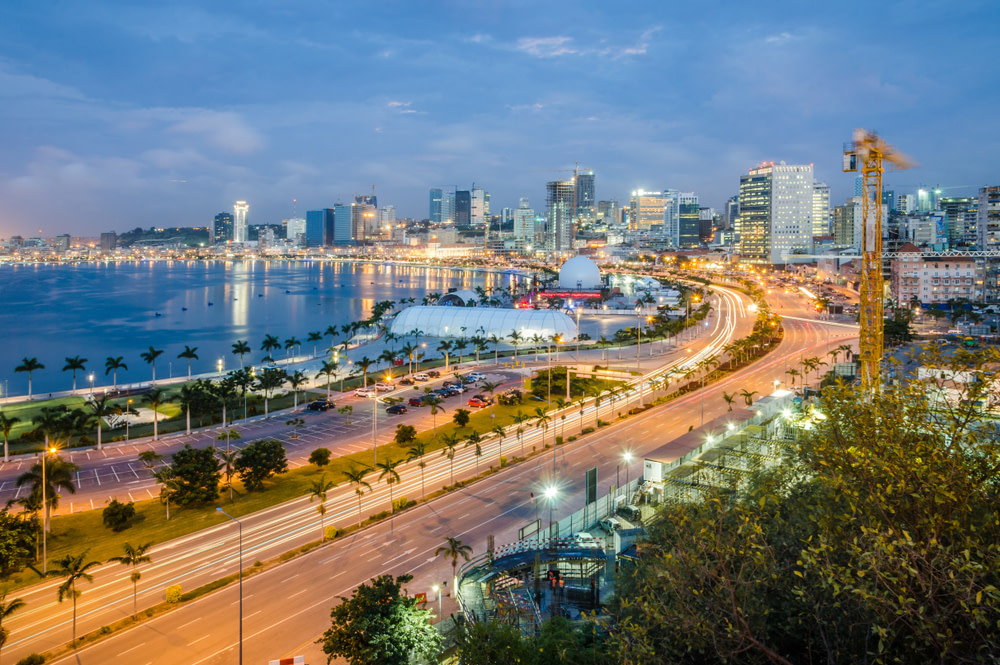
• GDP: 80,000 million USD
• Population: 36,400,000
• GDP per Capita: 2,200 USD
Angola is Africa’s eighth-richest nation. It rests in southwestern Africa, bordered by the Atlantic Ocean. Portuguese is official, reflecting colonial history. The capital, Luanda, features modern high-rises and informal settlements. Decades of conflict ended in 2002, allowing reconstruction to gain pace.
Oil and diamonds power Angola’s economy. New efforts focus on expanding agriculture and manufacturing. Infrastructure initiatives upgrade roads, ports, and housing. Foreign investors weigh prospects despite concerns about transparency. Fishing communities along the coast contribute to local markets.
Diverse languages and customs fill daily life for over 36 million citizens. Semba music and lively dances animate weddings and festivals. Rural regions practice small-scale farming, cultivating cassava and maize. Government reforms aim to spread wealth beyond Luanda. Social projects target healthcare, water access, and education. Remote vistas and waterfalls attract adventurous travelers, though tourism remains limited.
Comparison: Rich Western Countries & Africa’s Largest Economies
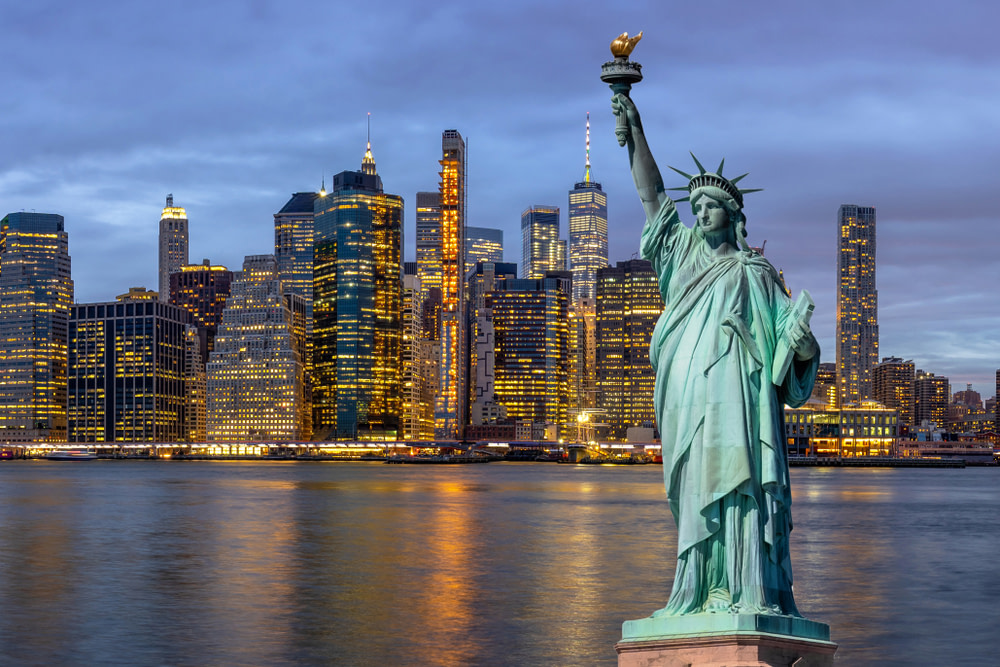
When looking at global GDP figures, the biggest Western economies often exceed trillions of dollars. In contrast, all of Africa’s richest nations are below 500 billion USD in total GDP. This gap reflects historical factors, smaller domestic markets, and ongoing development challenges.
Let’s take a look at the richest western countries.
- The United States dominates world GDP rankings, exceeding 20 trillion USD, driven by tech innovation, financial services, and consumer spending.
- Germany, Europe’s manufacturing powerhouse, surpasses 4 trillion USD, emphasizing engineering and exports.
- France and the United Kingdom both clear 2.5 trillion USD, benefiting from diversified industries and international finance.
- Canada exceeds 2 trillion USD through well-developed natural resources and advanced services.
Despite the differences, these African nations show remarkable potential. Rapid population growth, expanding middle classes, and large natural resource bases indicate future opportunities. While the road to matching Western GDP levels is long, consistent policy reforms and infrastructure improvements may help narrow the gap in the coming years.


